
30KGS Factory Customized Portable Folding Steel Wire Shopping Trolleys Carts For Supermarket Mini Shopping Trolley Cart

Folding Shopping Cart Collapsible Cart Heavy Duty Utility Cart With 360 Rolling Swivel Wheels Folding Trolley For Shopping




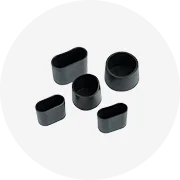
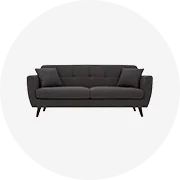
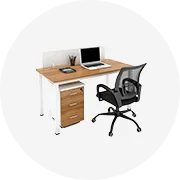

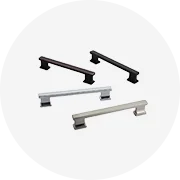
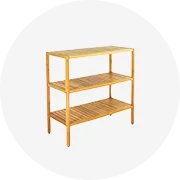
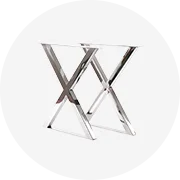
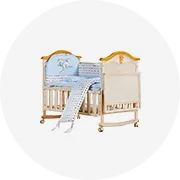
Stretcher carts are an indispensable component in the medical field, providing a multifaceted utility in various healthcare environments. These carts are engineered to facilitate the transport of patients and medical supplies within hospitals efficiently. This introduction delves into the diverse types, applications, and features of stretcher carts, underscoring their significance in medical care.
There is a wide array of stretcher carts designed to serve specific purposes within healthcare facilities. Medical dressing trolleys, for instance, are tailored for organizing and transporting dressing materials. Hospital laundry trolleys, on the other hand, are essential for managing the linen needs of patient care, streamlining the collection and distribution process. Emergency trolleys are equipped with adjustable features to cater to critical care requirements, while folding stretcher trolleys offer space-saving benefits when not in use. Ambulance stretcher trolleys are also available, designed for compatibility with ambulance configurations.
The application of stretcher carts extends beyond patient transport. They are integral in the day-to-day operations of hospitals, aiding in tasks from medicine distribution to laundry management. The design of these carts emphasizes ease of navigation and maneuverability, with features such as swivel wheels and ergonomic handles. The construction of stretcher carts often includes durable materials like stainless steel, which ensures longevity and ease of sanitation.
Emergency trolleys are particularly noteworthy for their customizable compartments and life-supporting equipment accommodations. Folding stretcher trolleys are appreciated for their convenience, allowing for quick deployment and compact storage. The adaptability of these carts to various hospital terrains and situations is a testament to their thoughtful design.
The materials used in the construction of stretcher carts are chosen for their durability and ease of cleaning. Stainless steel, aluminum, and high-impact plastics are common, providing a sturdy yet lightweight structure. The advantages of using such materials include resistance to corrosion, ease of maintenance, and the ability to withstand the rigors of daily use in a busy hospital environment.
Moreover, the ergonomic design of these carts minimizes the physical strain on healthcare workers, enhancing efficiency and reducing the risk of workplace injuries. The incorporation of features such as adjustable heights and locking mechanisms also contributes to the safety and comfort of both patients and medical staff.
In conclusion, stretcher carts are a vital element in the healthcare sector, offering versatility and support in various medical tasks. Their design, materials, and features reflect an understanding of the demands of medical environments, aiming to improve the quality of patient care and operational efficiency. For those in the medical industry, a selection of stretcher carts is available to meet the specific needs of your facility, ensuring that you can find the right tool for every task.